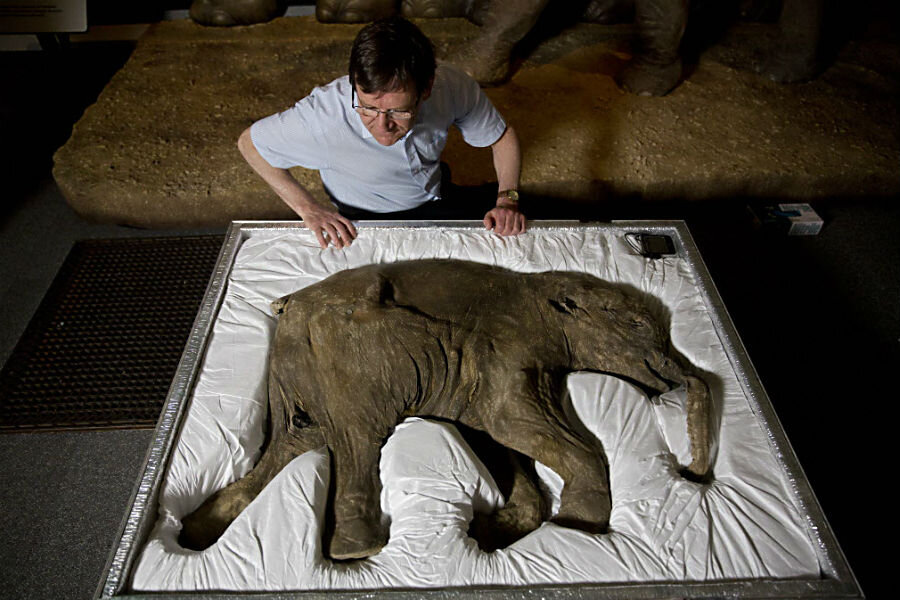Should scientists bring back woolly mammoths?
Loading...
Woolly mammoths may walk the earth again soon, with the help of some newly discovered technology.
"For the past 200,000 years human beings have played an active role in causing extinction, changing the planet in an ignorant, blind way. Now we can play an active role in evolution," says Ben Novak of the Long Now Foundation in a BBC interview. The Long Now Foundation runs one of three projects aimed to "de-extinct" mammoths.
It's impossible to clone a mammoth because cloning requires a living cell, something you won't find in the body of a creature that's been dead for thousands of years. However, scientists have recently discovered the order of the mammoth's DNA. By altering the genome of the mammoth's closest living relative, the Asian elephant, a new elephant-mammoth hybrid could theoretically be created.
But why bring mammoths back to live? Scientists speculate that introducing a new breed of mammoths could help slow global warming.
According to evolutionary biologist Beth Shapiro, the soil is colder where animals such as reindeer and moose have exposed it to the Arctic air while grazing. The re-introduction of woolly mammoths could slow down the release of carbon trapped in the Siberian permafrost, potentially slowing the rate of climate change. Mr. Novak says mammoths are the only creature that could knock down trees in Siberia to keep the grasslands free of forests.
However, Ms. Shapiro believes there are moral issues involved with creating an elephant-mammoth hybrid.
"Until we figure out how to meet the physical and psychological needs of elephants in captivity, they shouldn't be in captivity at all, much less being used to make mammoths," says Shapiro in an interview with NPR's All Things Considered. "But what if we could use this technology not to bring back mammoths but to save elephants?"
Shapiro proposes using the technology to make elephants "slightly better adapted to cooler climates" – the kind of climates that woolly mammoths once lived in. This could create more habitable space for elephants.
"If we are talking about changing a few genes here and there to make them better adapted to living in the cold, I think we are talking about preserving elephants," Shapiro says.
Elephants aren't the only species that could benefit from DNA manipulation. Shapiro gives the example of endangered black-footed ferrets, who suffer from a lack of genetic diversity due to their small remaining population. What if, she asks, scientists could sequence the DNA of old ferrets in museums that are "decades or centuries or even thousands of years old, and find genetic diversity in those that we could then inject in the populations today that have no genetic diversity?"
If used a certain way, Shapiro says, this technology could make the future of the black-footed ferret and other endangered animals much brighter.
It could also backfire. Wildlife biologist Stanley Temple is concerned that the technology could actually make it harder to protect endangered species human activity that could threaten them.
"De-extinction just provides the ultimate 'out'," says Temple in a BBC interview. "If you can always bring the species back later, it undermines the urgency about preventing extinctions."
Scientists have not yet decided how the new DNA manipulation techniques will be used, but one thing is certain: it has the potential to change the world.
"We're facing a crisis – a conservation, biodiversity crisis," Shapiro says. "This technology might be a very powerful new weapon in our arsenal against what's going on today. I don't think we should dismiss it out of fear."








